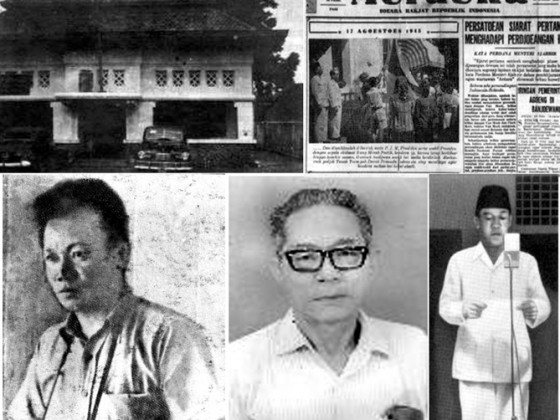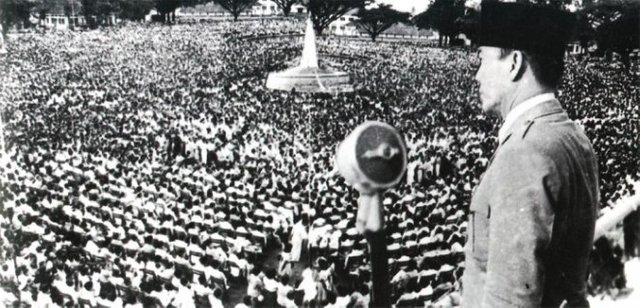History of photography in Indonesia

The entry of photography in Indonesia began in 1840 by Louis Jaques Mande Daquerre) when a medical officer Jurrian Munnich who came from the land of the windmills to bring photography to the first earth in the land. According to Anneke Groeneveld in the book "Toekang Portrait" (Fragmen Uitgeverij, Amsterdam and Museum voor Volkenkunde, Rotterdam, 1989), Jurrian Munnich was sent by the Dutch Colonies for the information objects in Central Java. Historically it wrote "Kali Madioen" to be one of Munnich's most successful photographs at the time (though the photos he made were very blurred). After that the assignment was forwarded to Adolph Schaefer who arrived in Batavia (currently named Jakarta) in 1844. Schaefer also managed to photograph objects such as photographs of Hindu-Javanese statues and photographs of Borobudur Temple. Until the presence of two brothers of British nationality named Albert Walter Woodbury and James Page to the country in 1857 became the starting point of the complete history of documentation of Indonesia. Photo recording (carte de-visite) recordings of Woodbury & Page such as traditional ceremonies, inland tribes and ancient buildings in Indonesia are very loved by the children of the time.

Enchantment of Indonesia increasingly inspire the world community to stop in our archipelago especially after the publication of the novel "Max Havelaar" by Multatuli in 1860. Call it the name of the figure of Franz Wilhem Junghun a physicist who made about 200 photographs of flowers and stones Indonesia since 1860- 1863. Then there Isidore van Kinsbergen who replaced the task of Adolf Schaefer to photograph all the ancient objects that exist in Indonesia since 1862. Speaking of the first indigenous photographer who recorded the image of Indonesia, inevitably can not be separated from the presence of a character named Kassian Cephas. Kinsbergen's presence in Central Java attracted Cephas's interest to pursue the photographer's profession. Since Cephas was appointed by Sultan Hamengkubuwono VII as an official photographer of the Yogyakarta palace in 1870, Indonesia's stunning image is like a traditional dance, grebeg ceremony, ancient Hindu-Javanese sites and Borobudur temple in Central Java became the unforgettable traces of his work. For example, the book about the life of the palace and the community of Java, "In den Kedaton te Jogjakarta, Oepatjara en Tooneeldansen" (Leiden, 1888) and "De Wajang People Pregiwa in den Kedaton Jogjakarta" (Semarang, 1899) made by Cephas with a physicist , Isaac Groneman. The fruit of Cephas's work has finally raised the interest of indigenous peoples to study the world of photography. In 1893, Raden Ngabehi Basah Tirto Soebroto, a Javanese interpreter at the Lanraad Court of Batavia published a Malay photography tutorial "Hikajat Ilmoe Menggambar Photographie" (Soebroto, 1893). Until now photography in Indonesia became a book of light civilization for people who never tired to continue to perpetuate all the events that will become the history of the nation.